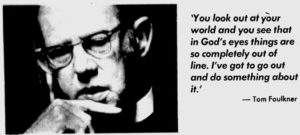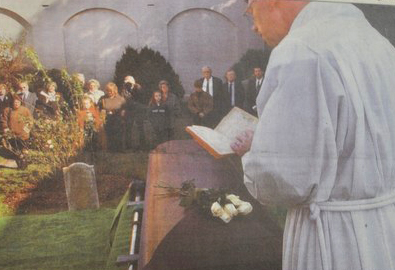St. George’s History comprises individual articles, documents and collections around the 300 year history of St. George’s Episcopal Church, located in Fredericksburg Virginia. This site is unrelated to St. George's main website.
Supplementing them are a category-based search, a content index and a timeline. We have two tour documents - a building summary and a 15 minute walking tour you can take in the church.
If this is your first visit, check out the 2 tours - building summary and a 15 minute walking tour.
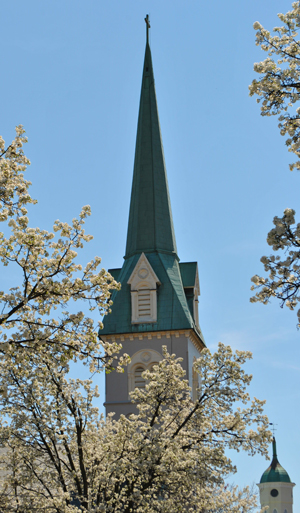
Recent articles
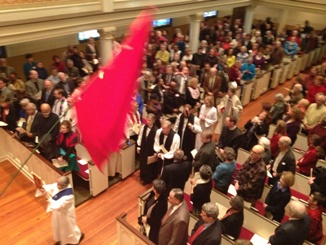
History is now Justice! 2011-16
“History is now!” Many historians avoid writing a history of recent times with the idea that there needs to be a period between the end of certain events and the writing of history. However, it is helpful for our time and later to make a stab at themes that run through the period
Such is the case from 2011-16. The thread running through the period is that St. George’s promotes justice and reconciliation. Justice involves promoting fairness that has been altogether missing. Justice for those felt the effects of racism (service on reconciliation), justice for those experience food insecurity (Table), justice for those who experience calamities (Haiti earthquake). In all of these the church builds relationships and provides steps which offer both hope and sustenance.

The Earthquake, Aug. 23, 2011
On August 23, 2011, Central Virginia experienced an earthquake with a magnitude of 5.8 on the Richter scale, considered a 100-year earthquake. It would take 4.5 years to repair and cover the almost $92,000 costs associated with this event
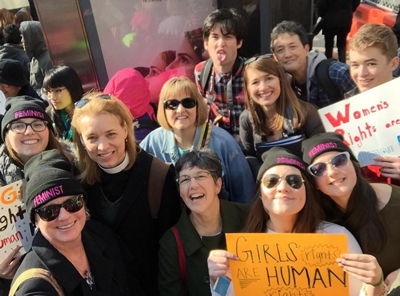
The “Girls” Group to “Youth in Global”, 2012-2016
The Youth in Global program, on original program created by Deacon Carey Chirico, has provided youth time to study pressing problems that affect women throughout the world. The UN trip in March allows them to show what they have learned in small groups, faith based sessions and in worship.
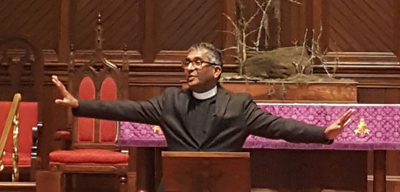
Risk and religion: St. George’s speaker on embracing compassion amidst nationalism – Interfaith 2017
Lenten Weekend, 2017 – “Being Passionately Christian and Becoming Compassionately Interfaith” hosted the Rev. Sathianathan Clarke who spoke on ways to think about religion in a climate of nationalism and religious hostility.
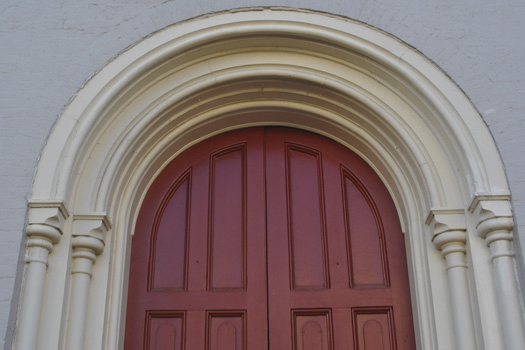
Notes on the Creation of the First St. George’s building
These notes are from Paula Felder and were addressed to Barbara Willis and at the Central Rappahannock Regional Library. Felder was possibly the leading colonial historian in Fredericksburg

Fielding Lewis is NOT buried underneath St. George’s steps!
One of the great “urban legends” is that Fielding Lewis, churchwarden and businessman and important figure in St. George’s early history as well as Fredericksburg, is buried underneath the front steps. Here is some evidence to refute this
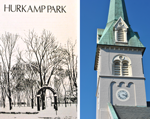
St. George’s Church located in Hurkamp Park?
In an alternate history line St. George’s could have been the owner of Hurkamp Park land and be worshiping there with ample acreage for expansion. Our address could have been on Prince Edward rather than Princess Anne. The disarray surrounding events – the Revolution War and the aftermath of the dissolution of the established church – as well a lack of record keeping prevented this scenario from materializing.
1. Carrol Quenzel's History of St. George's
Quenzel's 1951 history is still the standard for the church. He was a librarian for Mary Washington College as well as being active at St. George's, helping to create the St. Georgian newsletter as well as a part of the Vestry. We have the entire book online which was published by St. George's
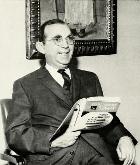
2. The Three Churches of St. George's - Barbara Willis
Barbara Willis was a local historian and writer and long time St. Georgian with her husband Mac. This paper is a detailed summary of the evolution of St. George's church from its wooden colonial church to the impressive 1849 brick building we have today.
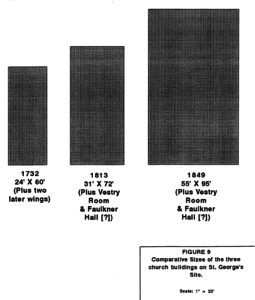
The Civil War may be the most popular historic topic in all of our history. The church served in 3 capacities - as a fortress, center of revival and as a hospital. We have a 9 part series on our role and relationship to Fredericksburg.

McGuire served all 3 churches over the course of 45 years. He is probably the most influential of all our rectors in all phases of ministry from preaching, teaching, and outreach. Trip Wiggins, our archivist, wrote this for a Sunday school class and has been teaching classes for years

5. Charles Syndor on Social Policy
Charles Sydnor served St. George's from 1972-2003 and was responsible for furthering Thomas Faulkner's outreach ministries and creating new ones. This paper he wrote in 2009 was for an adult forum in that year.
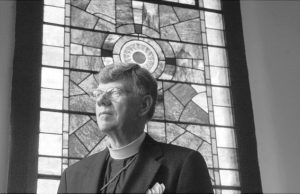
6. Tom Faulkner confronts the Vestry on race
Faulkner served St. George's for 30 years from 1946-1976. During these years racial policies were paramount, especially 1954, in the year of Brown vs. Board of Education, Faulkner was challenged by the Vestry on the role of Blacks in our service. He was able to move St. George's toward racial justice that other rectors would further
